10 Magnificent Examples Of Ancient Roman Architecture
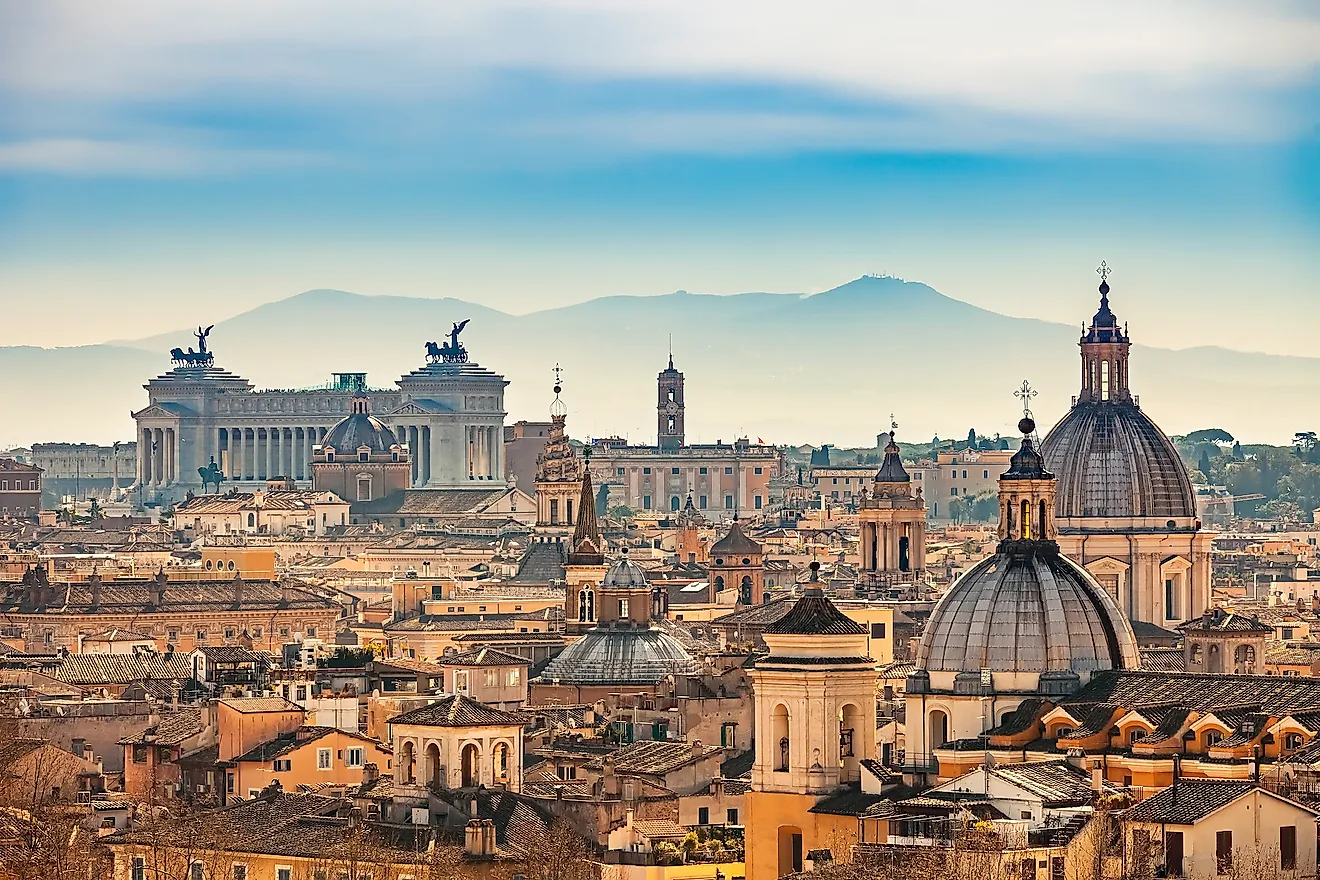
- The original name of the Roman Colosseum was the Flavian Amphitheatre.
- The aqueduct at Pont du Gard carried 9 million gallons of water a day into the Roman city of Nemausus.
- There are three styles of columns used in Roman architecture: Doric, Ionic, and Corinthian.
The wonders of Roman architecture were built to stand the test of time. Its most famous architect, Vitruvius, quite literally wrote the book on all facets of Roman techniques, skills, and materials. In his 10-volume On Architecture he states his belief that buildings should be constructed for durability, use, and beauty. Read on to learn more about ten magnificent examples of ancient Roman architecture still as durable, useful, and beautiful as the day they were built more than 2,000 years ago.
10. Triumphal Arches
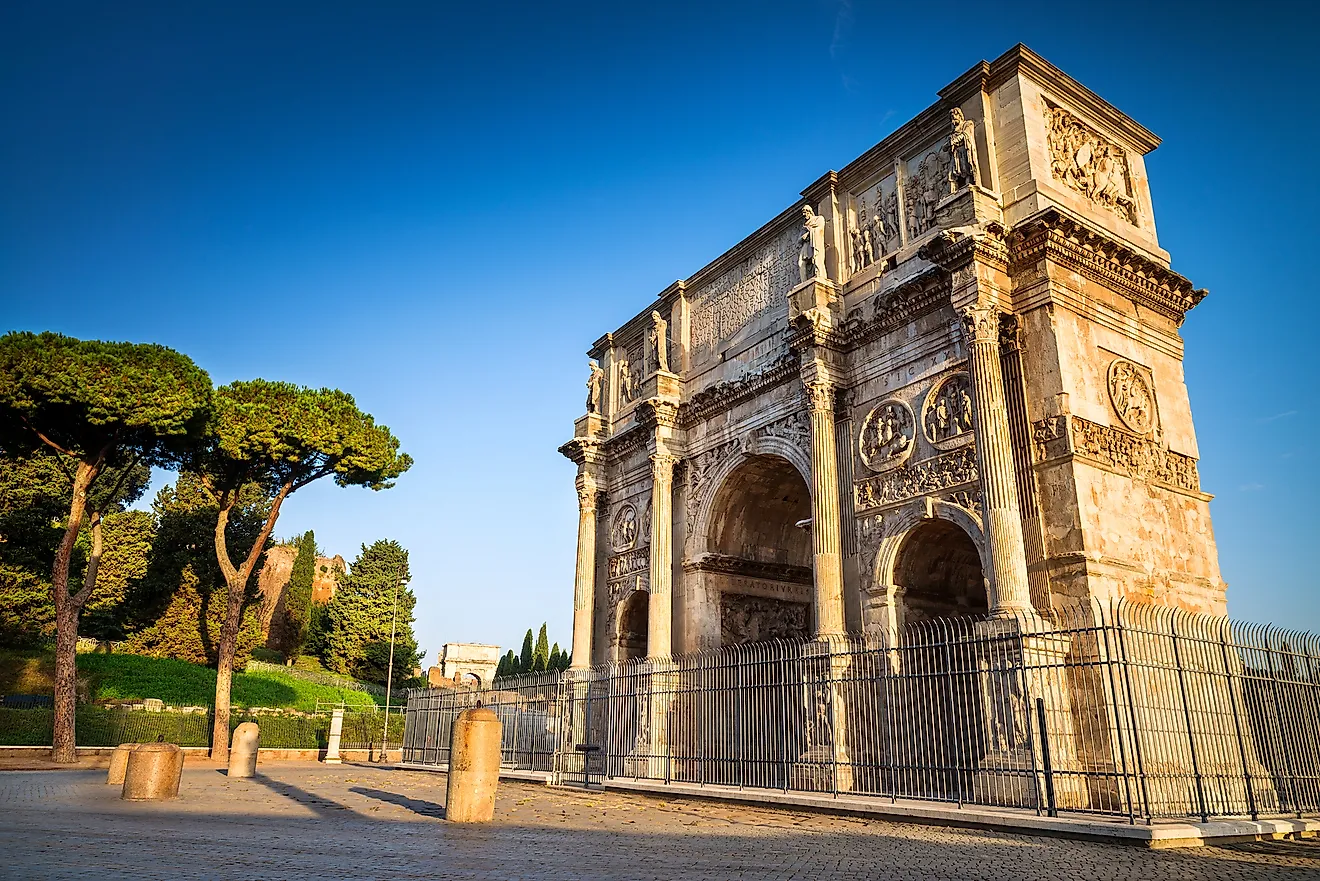
The real function of these city gates was to demonstrate architectural mastery, sculptural artistry and, of course, Rome’s great military victories. These elegant yet imposing structures ensured everyone travelling on Roman thoroughfares knew its greatness. Early examples were built in 196 BCE by Sterinius to commemorate victory in Spain, but as the empire grew so did the number and complexity of arches until Augustus declared they were only for emperors. Modern monuments like Berlin’s Brandenburg Gate and the Arc du Triomphe in Paris copy the opulent style and bronze four-horse chariot atop the arch, but nothing compares to the still existent Roman originals including The 69-foot high Arch of Constantine or the opulent Arch of Septimius Severus.
9. Roman Baths
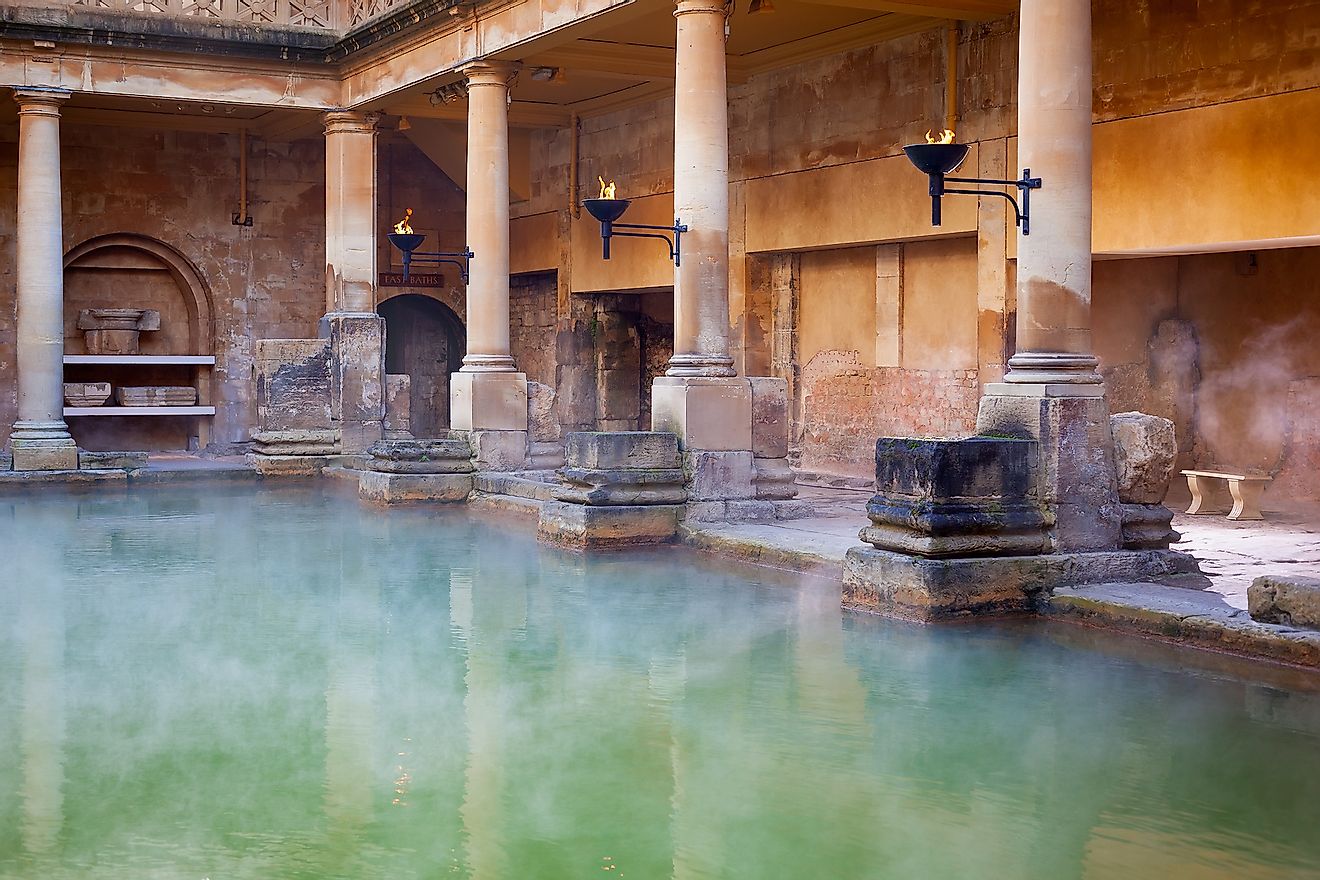
Bringing together the best of Roman architecture like domes, vaults, and buttresses with engineering innovations of concrete, stucco, and hypocausts, Rome’s wealthiest citizens built baths inside their villas. Most Romans, however, visited public complexes that included pools, steam rooms, fountains, even libraries. Underfloor and interwall heating courtesy of terracotta pipes was hidden beneath frescoes, marble columns, and mosaics. Surviving examples of these ancient health spas can be found in Italy at Caracalla and Pompeii, and as far Britain in the appropriately named city of Bath.
8. Library of Celsus
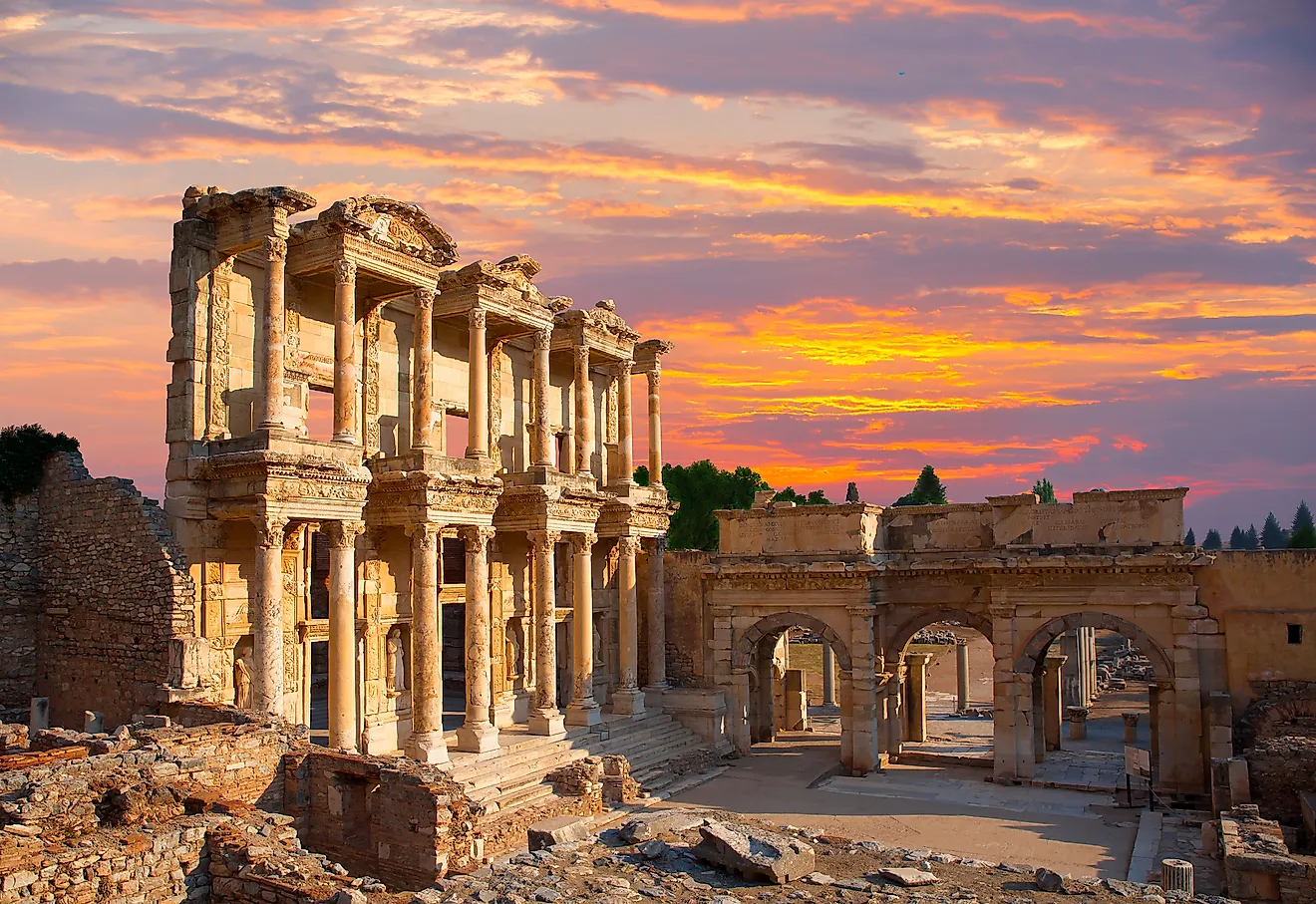
Once home to over 12,000 scrolls, the library began as a tomb and monument to the former governor of the city Ephesus, now in Turkey. The impressive facade is decorated with relief carvings and statuary while two levels of arches and columns seem to defy gravity, perched atop a 9-step high and 69-foot long podium. This marvel is also an optical illusion. The podium has a gradual convex curve so that the side columns and capitals were built slightly smaller than those in the centre.
7. Maison Carrée
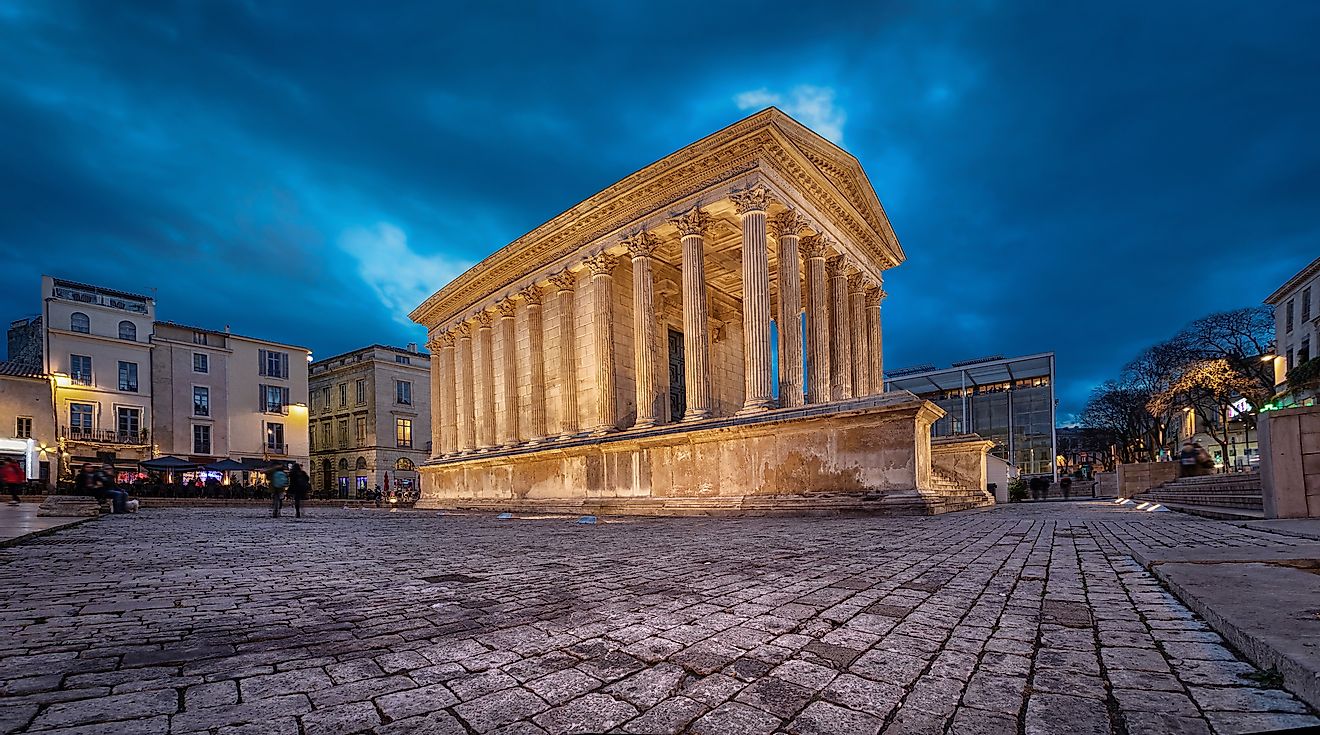
As the only ancient Roman temple still fully intact and preserved, the Maison Carrée has clearly withstood the test of time. Erected about 16 BC near Nimes, France, it was built by the famed general Agrippa to commemorate his two young sons. At 49-feet tall and 85-feet wide, the temple has served many purposes and has almost never been without use in the community, including everything from a Christian church in the fourth century, to a storehouse, townhall, and even a stable. Today it serves as a popular museum and tourist attraction.
6. Nimes Amphitheater
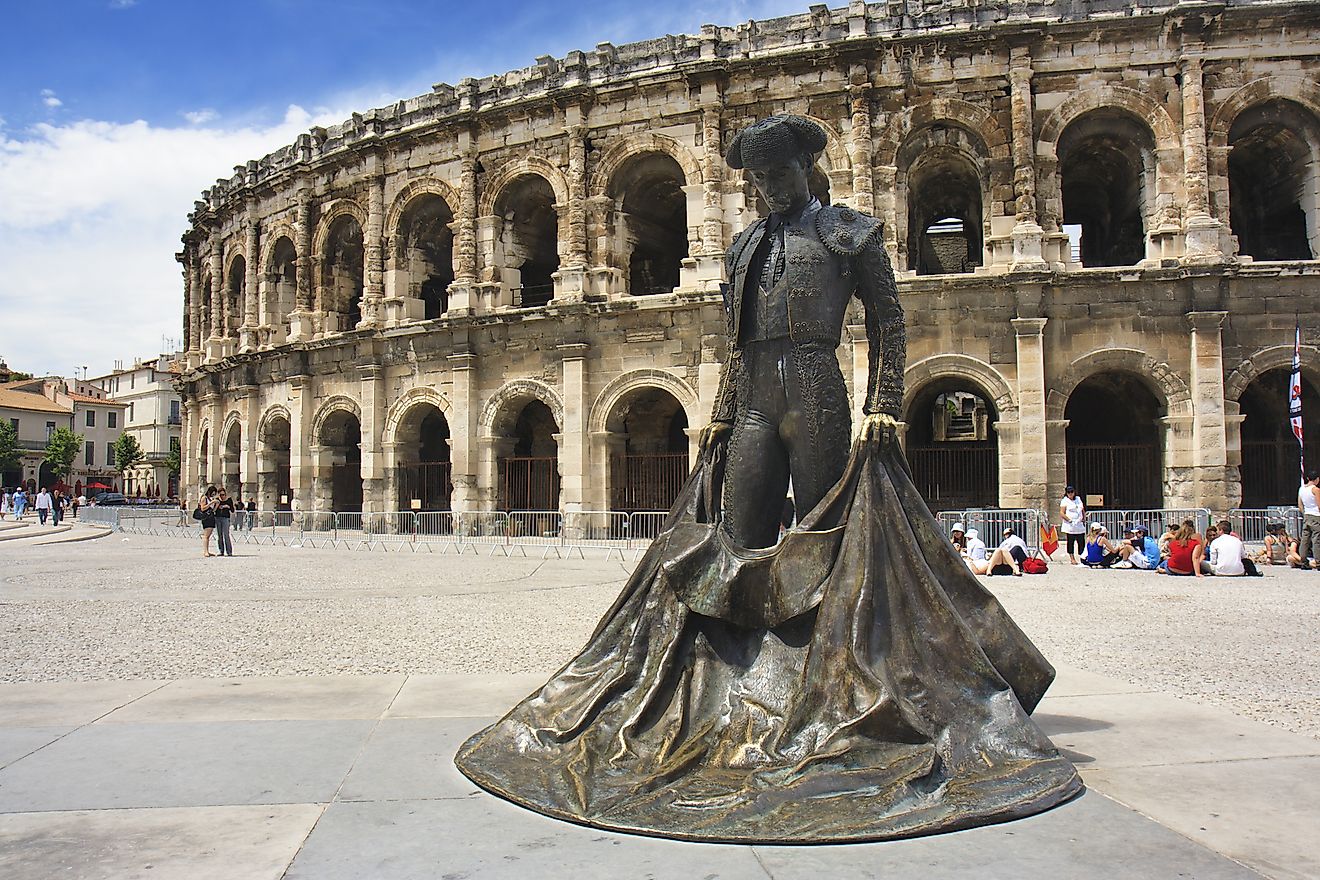
Along with the Maison Carrée, Nimes is also home to one of the best preserved Roman amphitheatres. Formerly known as Nemausus, the city was one of the wealthiest in the Roman province of Gaul, and its 24,000 capacity arena was built to flout the wealth and prosperity of the city. The amphitheatre is so large that a small fortified palace was once built within it during the middle ages. Once home to gladiators and chariot races, today it hosts festivals, concerts, plays, and bullfighting.
5. Temples of Baalbek

The Lebanese city of Baalbek is home to not one but three ancient wonders of Rome. Begun in the first century BC, temples to Bacchus, Venus, and Jupiter still dominate the landscape. The Temple of Jupiter, king of the gods, is befittingly the largest. Once 54 columns of carved granite reached 70-feet high but centuries of looters, war, and earthquakes have diminished the temples - but not the interest in them. Each year thousands of visitors flock to see the ruined temples, which are still active archaeological digs and World Heritage Sites.
4. Diocletian’s Palace
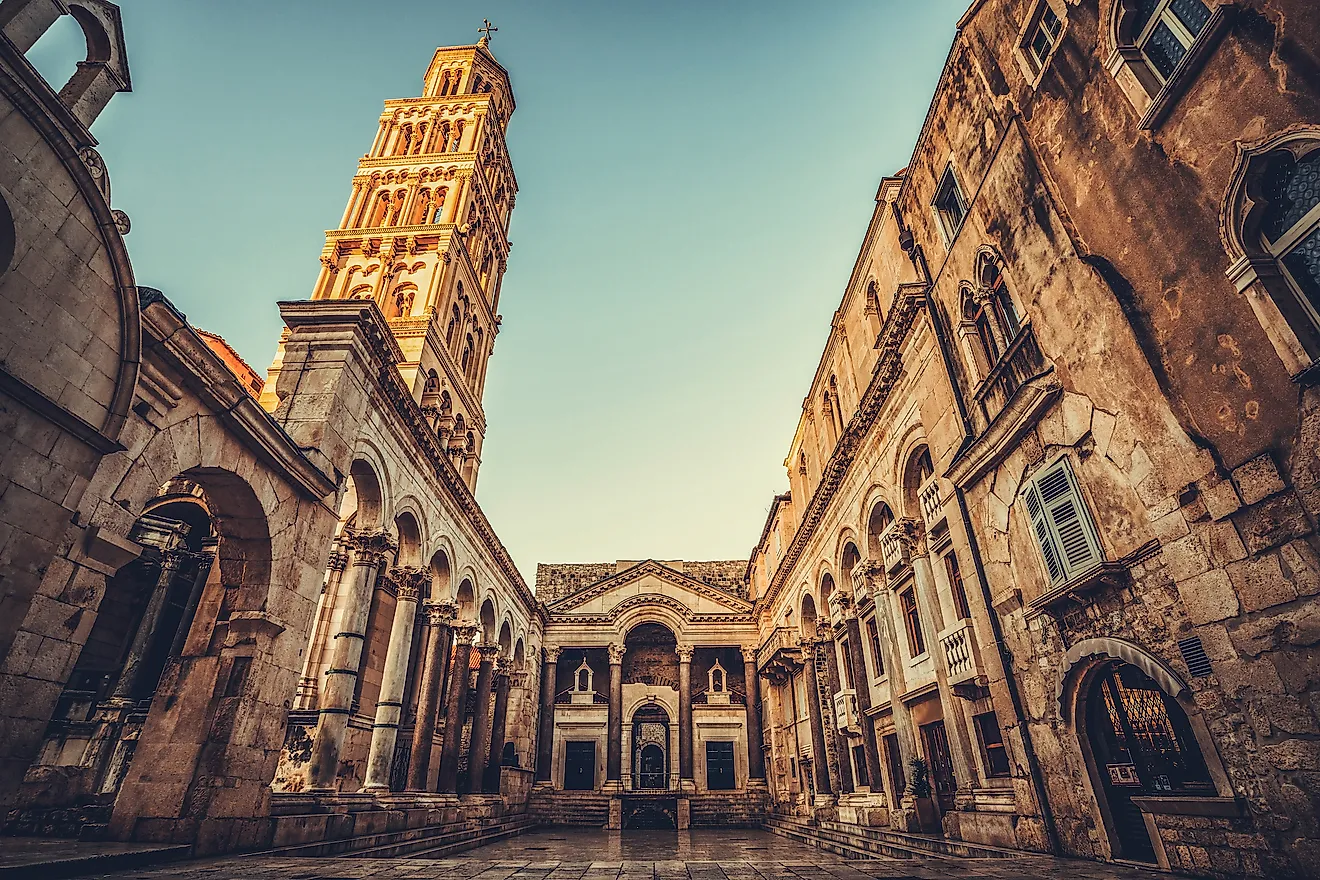
Built for the only Roman emperor who ever voluntarily retired, Diocletian built his vacation home in opulent style in the modern city of Split, Croatia. The eclectic architecture of the palace incorporated stylistic flourishes from nearly every era and province of Roman rule. Stretching 705-feet long, the 85-foot walls ensured the emperor could enjoy his retirement in peace and quiet while offering breathtaking views of the Adriatic Sea. Today it is a World Heritage Site and one of the country’s most visited monuments.
3. Pont du Gard
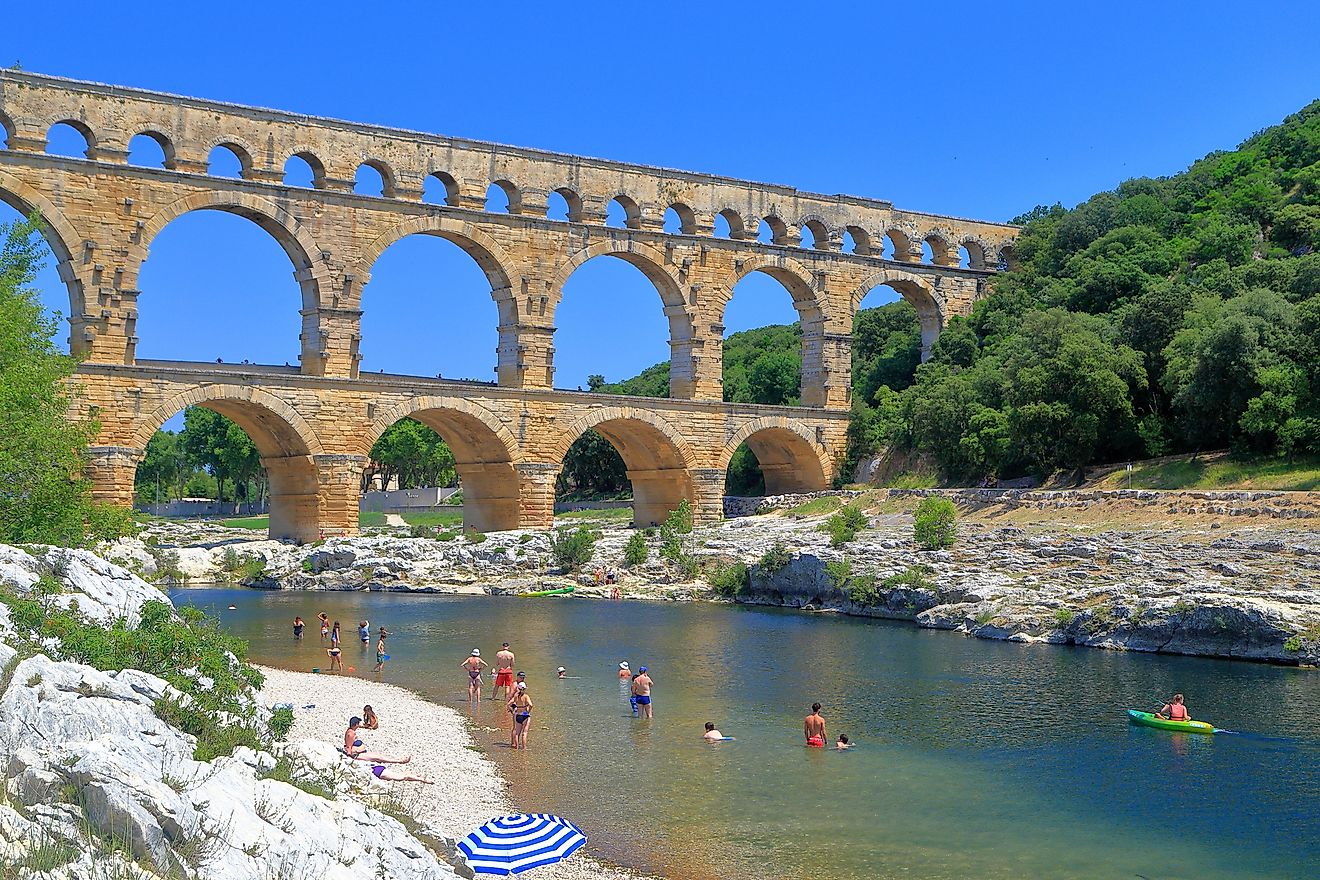
Part bridge, part aqueduct, part monument to Rome’s domination over the landscape, the 31 miles of this water delivery system is an engineering marvel. Each day the aqueduct carried 9 million gallons of water to the citizens of Nemausus, now the French city of Nimes, thanks to the downward pull of a 1 in 3,000 gradient. At three stories tall, this marvel was fit together without mortar from precisely cut stone blocks, and the precision of the build resulted in an arched bridge reaching 1,100 feet in height. The bridge remained in operation until the 18th century.
2. Pantheon
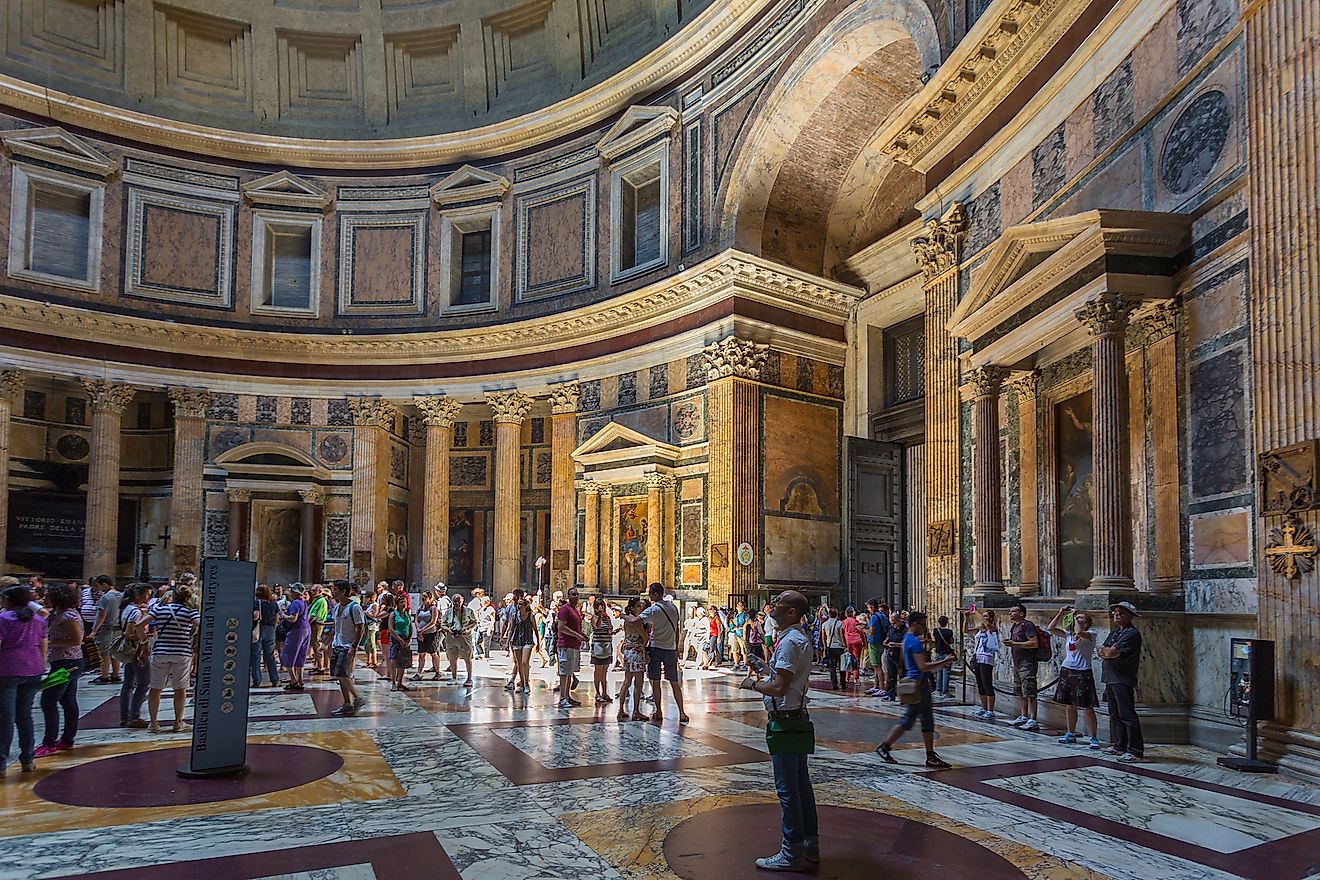
The Latin inscription atop the pantheon reads Marcus Agrippa, the son of Lucius, three times consul, built this, leaving little doubt as to who is responsible for this architectural marvel. Home to the largest unsupported concrete dome in the world, the pantheon’s circular portico and rotunda are remarkably well preserved, a testament to the skill and craftsmanship of its Roman engineers. Unlike temples dedicated to a singular god, this monument was built to honor all the Roman deities. Although Agrippa began the work, completion of the pantheon wasn’t achieved until 125 AD under the rule of the emperor Hadrian.
1. Colosseum
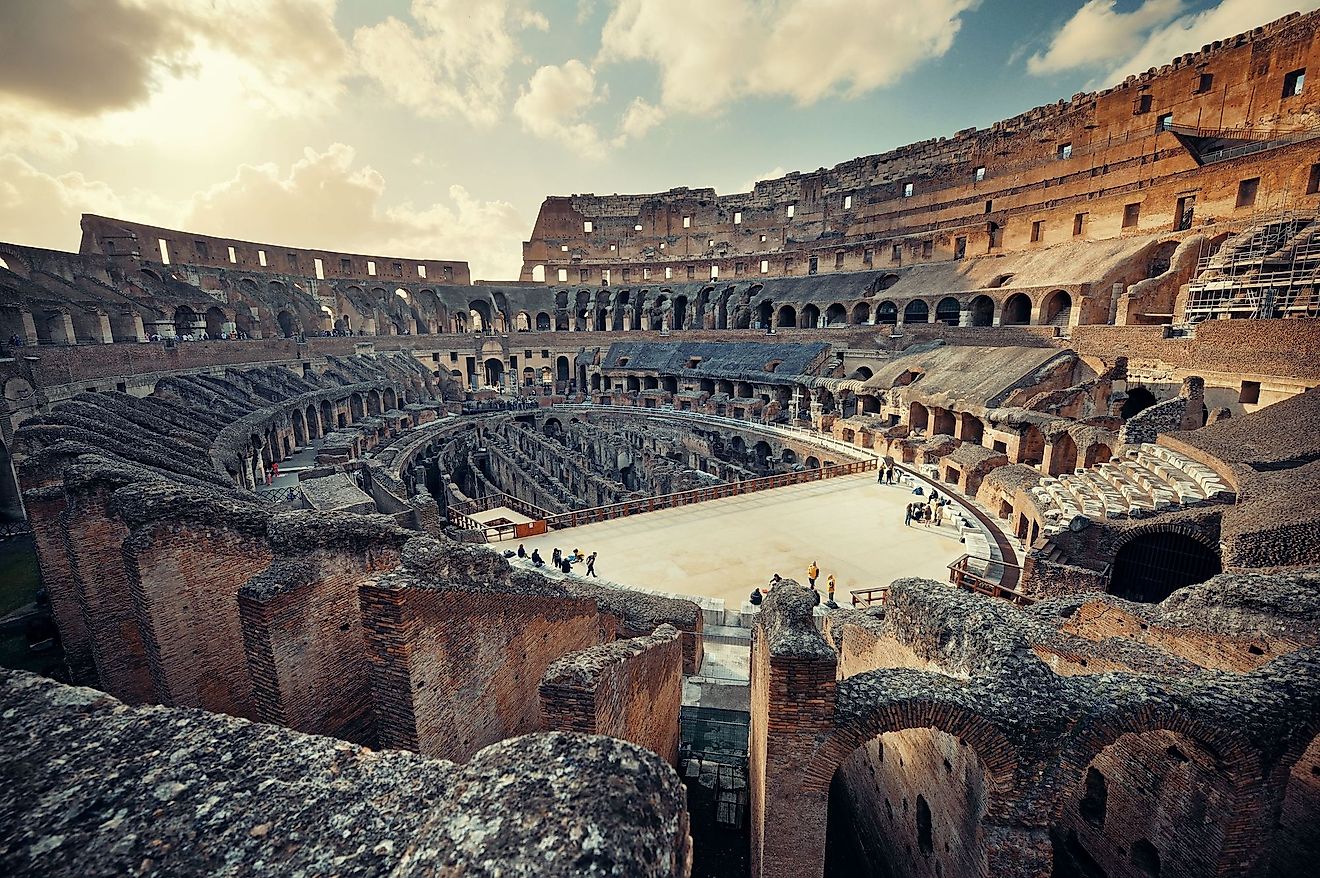
The most iconic of all Roman buildings, the Emperor Vespasian began construction in 70 AD, but it was his son, Titu, who completed the up-to-80,000 spectator arena. Vespasian ordered the colosseum be built on the spot of the previous, and very controversial, emperor Nero’s palace, and the gesture won over the people who flocked to the 100-day opening ceremonies complete with chariot racing, 2,000 gladiators, and over 5,000 exotic animals in the arena ring. With an area of 620 x 523 feet, the freestanding stone and concrete structure reaches three stories, each level consisting of different styles of column-supported arches. The lower level has simple Doric columns, the middle level are Ionic, and the top level features ornate Corinthian columns. Below the rounded walls are two sub-layers, likely where the animals, prisoners, and props were kept. Today you’ll fight throngs of tourists, not gladiatorial battles, at the Colosseum as well as special events and concerts.











